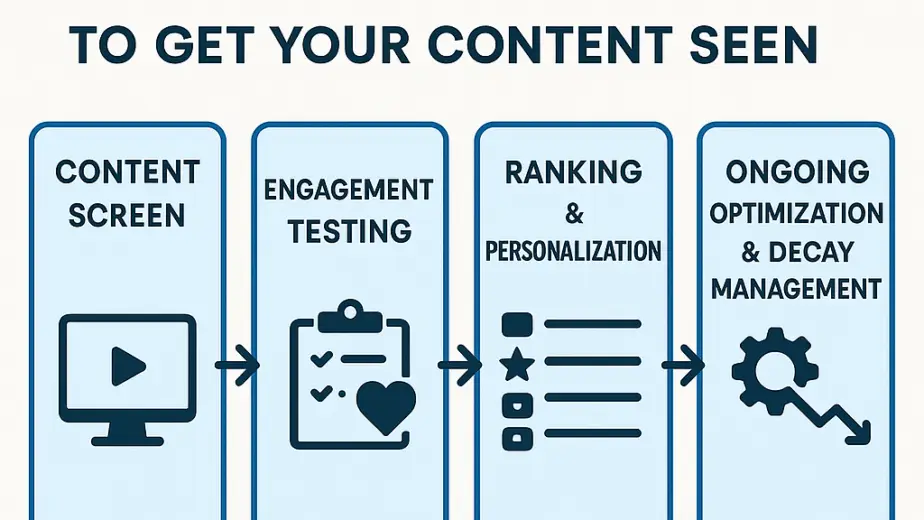Cracking the Code: Your Guide to Amazon SEO Fundamentals
Think of Amazon as a massive online marketplace – a bustling digital city filled with millions of products. Just like any city, visibility is key. You could have the most amazing widget in the world, but if customers can’t find it, it’s going to gather virtual dust. That’s where Amazon SEO (Search Engine Optimization) comes in. It’s the art and science of optimizing your product listings so they appear higher in Amazon’s search results when shoppers are looking for products like yours.
Forget hoping and wishing your products magically appear on the first page. Amazon’s algorithm, A9, is a sophisticated beast, and understanding its fundamentals is crucial for any seller wanting to thrive. So, let’s break down the core elements you need to master:
1. Keyword Mastery: The Foundation of Discoverability
Keywords are the words and phrases customers use to search for products on Amazon. Think about what you would type into that search bar if you were looking for your product. This is where your keyword research begins.
- Think Like a Customer: Brainstorm all the possible terms a buyer might use. Consider variations, synonyms, and long-tail keywords (longer, more specific phrases like “organic cotton baby swaddle blanket with woodland animals”).
- Utilize Amazon’s Autocomplete: Start typing relevant terms into the Amazon search bar and see what suggestions pop up. These are real searches people are making.
- Explore Keyword Research Tools: Tools like Helium 10, Jungle Scout, and even free options can provide valuable data on search volume, competition, and related keywords.
- Strategic Placement: Once you have your keyword arsenal, it’s time to strategically weave them into your product listing. The most critical areas are:
- Product Title: This is prime real estate. Include your most relevant and high-volume keywords naturally and front-load important terms.
- Bullet Points: These should highlight key features and benefits while incorporating relevant keywords. Make them scannable and persuasive.
- Backend Keywords: These are hidden keywords you can enter in the seller central backend. Use this space for less obvious but still relevant terms, including misspellings and variations.
2. Optimizing Your Product Listing: Beyond Keywords
While keywords are crucial, a well-optimized listing goes beyond just stuffing words. Amazon wants to provide a great shopping experience, so your listing needs to be informative, engaging, and trustworthy.
- High-Quality Images: Visuals are paramount. Use clear, professional, high-resolution images that showcase your product from multiple angles. Include lifestyle shots that show the product in use.
- Compelling Product Description: Expand on the bullet points and tell a story. Highlight the benefits and address potential customer questions. Use formatting (like bolding and bullet points) to improve readability.
- Competitive Pricing: While not directly an SEO factor, pricing influences click-through rates and conversion rates, which do impact your overall performance and visibility. Research your competition and price strategically.
- Fulfillment Method: Amazon favors products fulfilled by Amazon (FBA) as it generally leads to better customer service and faster shipping. FBA products often receive a boost in search rankings.
3. Performance Matters: Reviews, Ratings, and Sales Velocity
Amazon is ultimately driven by sales and customer satisfaction. Products that sell well and have positive reviews tend to rank higher.
- Encourage Reviews (Ethically): While you can’t directly ask for positive reviews, provide excellent customer service and follow Amazon’s guidelines for requesting feedback.
- Maintain a High Seller Rating: Respond promptly to customer inquiries and resolve issues efficiently. A positive seller rating builds trust and can indirectly influence your rankings.
- Drive Sales Velocity: The more your product sells in a given timeframe, the more Amazon sees it as relevant and popular, leading to higher rankings. Consider promotions or external traffic to boost initial sales.
The Takeaway:
Amazon SEO isn’t a one-time task; it’s an ongoing process of research, optimization, and monitoring. By understanding these fundamental principles and consistently working to improve your product listings, you can significantly increase your visibility, attract more customers, and ultimately drive more sales on the world’s largest online marketplace.
What are your biggest challenges with Amazon SEO? Share your thoughts in the comments below!



